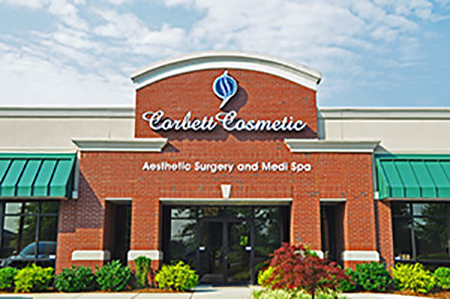Q: I’m a 45-year-old man, and I have overly large breasts. My wife tells me it’s because I need to lose weight. I’ve researched the problem online and read about something called gynecomastia. Is that the cause? What can I do about this? I’m starting to feel embarrassed.
A: Enlargement of one or both breasts in men is surprisingly common. So you’re not alone.
One condition that causes large breasts in men is, as you mention, gynecomastia. In this case, the glands of the breast become enlarged. Lipomastia, on the other hand, also causes breast enlargement but the underlying cause is an increase in fatty tissue around the breast—with no changes in the glands.
While it can be hard to tell the two apart, with gynecomastia the breast tissue feels firmer and more rubbery than with lipomastia. In addition, gynecomastia may cause breast soreness, something that is uncommon with lipomastia.
Hormones are usually the culprit behind gynecomastia in men. Although testosterone is the dominate sex hormone in men, males also have small amounts of estrogen on board. If estrogen levels increase relative to male hormones (or if a man becomes more sensitive to the effects of estrogen), breast tissue may enlarge.
Temporary gynecomastia is common in newborns due to exposure to the mother’s estrogen during pregnancy. This may occur in adolescence, too, because estrogen increases during puberty.
However, gynecomastia is also common in older men. As men get older, testosterone production falls. In addition, the testosterone that is produced is more likely to be converted to other hormones that act like estrogen. Certain health conditions such as liver or kidney disease, hormonal disorders, and heavy alcohol use can also cause gynecomastia.
Gynecomastia can be a side effect of some medications, such as:
* Spironolactone (used for heart failure and high blood pressure, among other conditions)
* Cimetidine (used for heartburn and acid reflux)
* Finasteride (used for an enlarged prostate and male pattern baldness)
* Performance-enhancing steroids
However, the cause of gynecomastia is often unknown.
So, as you can see, both you and your wife have good theories as to why your breasts are enlarged—but you’ll need your doctor’s help to figure out who is correct.
After reviewing your symptoms and performing a physical examination, your doctor may be able to distinguish between gynecomastia and lipomastia. Weight loss may indeed reduce breast enlargement due to lipomastia.
Additional evaluation is warranted for gynecomastia if the breast size is particularly large (more than 2 or 3 inches across), a lump is present, or there are findings that raise concerns about the possibility of breast cancer, such as enlargement of only one breast, or nearby lymph nodes that are swollen. (While it’s rare, men can get breast cancer.)
Blood tests for kidney and liver function, hormone levels, and a mammogram are commonly ordered, though frequently all of these tests are normal.
The treatment of gynecomastia depends on the cause. Options include the following:
* No treatment (especially if breast enlargement is longstanding and has not changed in more than a year or two)
* Treatment of the underlying cause. For example, when medication-induced gynecomastia is suspected, stopping or changing medications can return breast size to normal.
* Treatment with medicines that reduce or counteract estrogen, such as clomiphene, tamoxifen, or danazol
* Surgery to remove breast tissue
See your doctor for a proper diagnosis and to discuss your treatment options.
***This post was taken from a story on MSN. It is a nice summary of the condition***
Lee Corbett, MD
www.CorbettCosmeticSurgery.com
502.721.0330
All posts on this blog are presented by Louisville, Kentucky plastic surgeon Dr. Lee Corbett.



